
I just got back from MozCon and I’m still dreaming about conferencing – you know how it’s hard to go back to normal walking after you get off a trampoline? Call it a variation of the Tetris Effect.
MozCon needs no real introduction in the search marketing industry, but if you’ve never been, let me assure you, the quality of the presentations is super-high. They don’t even accept pitches – it’s invite-only. And the conference is single-track, so if you do land a speaking slot at MozCon, you can expect the full attention of a very big audience, all of whom come with high expectations.
But there’s a downside to speaking at a conference with extremely high quality standards.
Suddenly not the smartest person in the room anymore? #humblebrag
The better everyone else is, the better you have to be to stand out. Any session at MozCon might have been the best at a lesser conference, but with so many experienced, renowned public speakers, only the MEGA great sessions will be remembered.
So what makes a conference session “MEGA great”? I’ve done a fair amount of public speaking (a lot of it in the unlikely form of poetry readings), but I don’t claim to be a superstar on the marketing conference circuit. In this post, I want to talk about what makes a memorable session from the perspective of the audience. Want to become a not-just-good-but-great public speaker? These are the four things you need to do to really stand out and be memorable for days/weeks/months after the conference ends.
You need at least one catchphrase
The power of the catchphrase is real, not just for movie trailers but for conference sessions. This year at MozCon, Cyrus Shepard’s introduction for Wil Reynolds mentioned his memorable session from last year, where he kept talking about “Real Company Shit.” He said that phrase over and over, making it especially catchphrase-y.
But you may only need to say something once for it to qualify as a catchphrase – the point is, it has to be super-quotable, the kind of thing that people can type out word for word on Twitter. When you do this, the conference hashtag will explode with dozens of people tweeting your catchphrase. A few of the popular MozCon catchphrases this year included:
- “When you keep hammering at a door, it often opens” – Lexi Mills
- “Don’t be data-driven, be data-informed” – Gianluca Fiorelli
- “In the future we’ll be optimizing for two algorithms” – Rand Fishkin
You need to build these catchphrases into your presentation – be thinking of tweetable, meme-able, memorable concepts that can be communicated in a short sentence. Hopefully your presentation already includes the raw material – something both novel and compelling – but be sure you actually distill it into the concise, quotable catchphrase version yourself, and put it in your script if not directly on the slides (but try both). Don’t make your audience do it for you.
Share concrete, not subjective advice
You can almost divide industry “thought leaders” into two camps: the gnomic inspirational ones (ALL catchphrase) and the super technical/tactical ones (no catchphrase, just data). MozCon, in my experience, features both kinds of public speakers – the high-level, conceptual speakers and the low-level nitty-gritty speakers. Both types get lots of love from the audience, so there’s no real right or wrong here. But in my view, the wrong way to be “inspirational” is to share prescriptive advice that’s purely subjective. For example: “Don’t be creepy.” Or “Be amazing.”
The problem here is that “creepy” and “amazing” are only useful judgments when you know who is making the judgment and you already trust their opinion. I’m sure you trust your own opinion of what is creepy/uncreepy and awesome/unawesome, but you probably don’t trust everyone else’s opinion, and you have no guarantee that anyone trusts yours. In reality, very few, if any, people think of themselves as creepy, and a whole lot of people think of themselves as awesome. It’s like thinking you’re a good driver, or make great smoothies. (Why does everyone think they make great smoothies?!)
The “creepy” rhetoric often surfaces in discussions of remarketing, but the data doesn’t bear out the assumptions; in reality, people are decidedly more tolerant of remarketing ads than non-remarketing display ads, even when they see more of those ads; they convert better even after a lot more impressions. It’s mostly industry insiders who recognize remarketing for what it is that judge them as “creepy.” But for businesses, your savviest marketing peers aren’t necessarily your target client base.
Instead of these vague, subjective recommendations, make concrete, actionable recommendations. For example, instead of saying “Just make great content,” say: “Answer the real questions your customers are asking, better than anyone else who is ranking on page 1 already does.” (Not just better, says Wizard of Moz Rand Fishkin, but 10X better.) Then show people HOW to surface those questions, and what “better than everyone else” means, by example. Instead of saying “Don’t be creepy,” show data that actually illustrates when people start to perceive you as creepy. Tell people how to work around that data. This kind of advice is so much more actionable.
Which leads me to my next point …
Make people want to write something down
I had multiple conversations at MozCon where someone (sometimes me) said something like, “X was a great public speaker … but I didn’t write anything down.” I also heard the reverse: “X was not a good speaker, but I wrote a lot of stuff down.” Writing something down = THIS IS NEW AND INTERESTING INFORMATION TO ME.
I’m all for being inspirational, but inspiration should be paired with information. You can’t just tell people what they already know, a la “You need a content strategy” or “Your brand could be a lot more popular.” We know this stuff! That’s why we’re at a marketing conference! You should always lead with how – tell people how to do the stuff you know how to do. That’s what people write down.
To be more specific, people write down:
- Mind-blowing facts or stats they didn’t know
- Great tools they didn’t know about or didn’t use enough
- Tactics/processes/shortcuts they didn’t know about
- New concepts/frameworks/paradigms that totally shift their worldview
If you’re the best at brand strategy, please don’t waste time telling people why brand strategy is important. They’re here for your talk, so they probably already think so. Tell them the stuff you do while you’re being the best at brand strategy.
Include at least one high-impact chart or list
A few months back, I was going through our Twitter analytics and noticed something about our especially high-performing tweets: Images that include a lot of rich data tend to do very well. What I mean by this is, while image tweets in general perform better than straight text, and colorful images also do well, it’s key (at least in our industry) to share images that actually contain meaningful information in themselves. These images usually include a lot of text or data or both. For example, here’s a tweet that includes a list built into an image:
And here’s a data-rich visual example:
What’s great about these kinds of images is that people can glean so much from the tweet itself; they don’t even have to click through to the article you’re linking to (if you are linking to something) in order to learn something. Just reading the tweet is already a valuable experience, and if your audience learns something, they’ll want to reshare.
You can exploit this same tendency in your conference presentations – include a few slides that have a lot of information packed into one visual, whether it’s a list or a graph or chart. Ideally, of course, it’s something new that you’ve originated, not a familiar or derivative visual. Here’s an example from Rand’s great talk on the future of on-site SEO:
People will snap photos or screenshot your slides and tweet this out, and those tweets will get reshared, making your whole presentation more memorable. You’re hacking collective memory!
(Aside: If you’re interested in Rand’s presentation, Larry and I have been talking about a similar model for SEO since early last year. Here’s more on our theory of “Quality Score for organic search.”)
For those of you who missed the show, you can download all the slides here. Some of the great speakers that really stood out for me this year: Matthew Brown, Cara Harshman, Pete Meyers, Marshall Simmonds, Courtney Seiter and of course Rand Fishkin.
Were you at MozCon this year? Who was your favorite speaker? What did you write down?


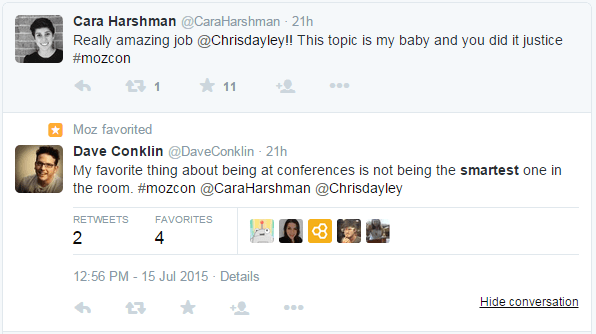
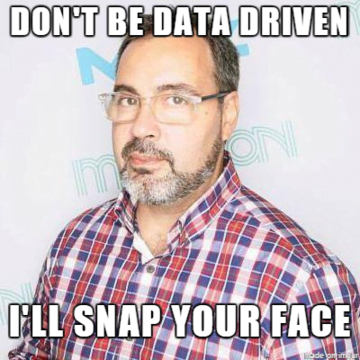

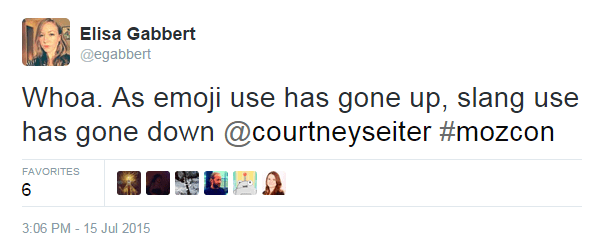



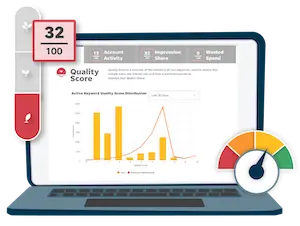

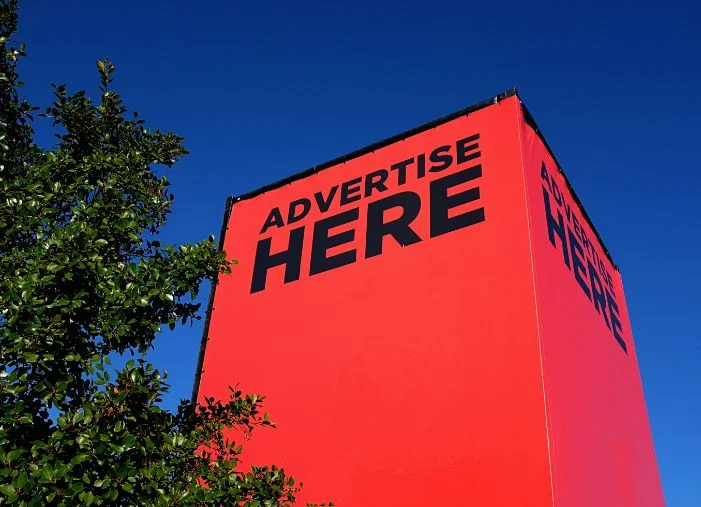


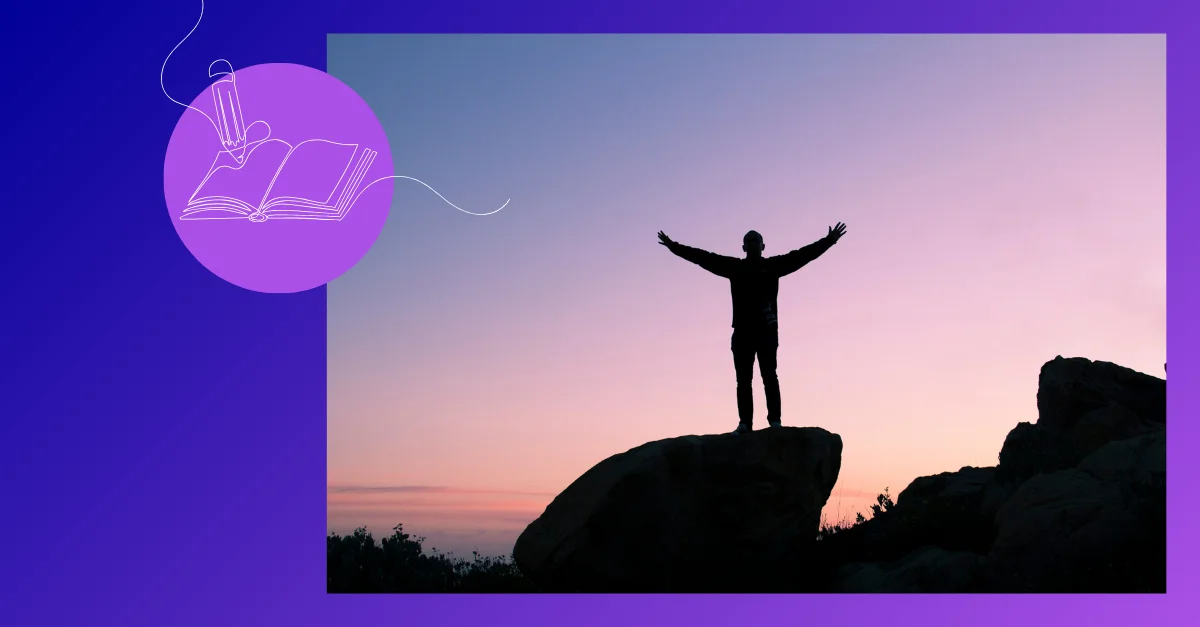
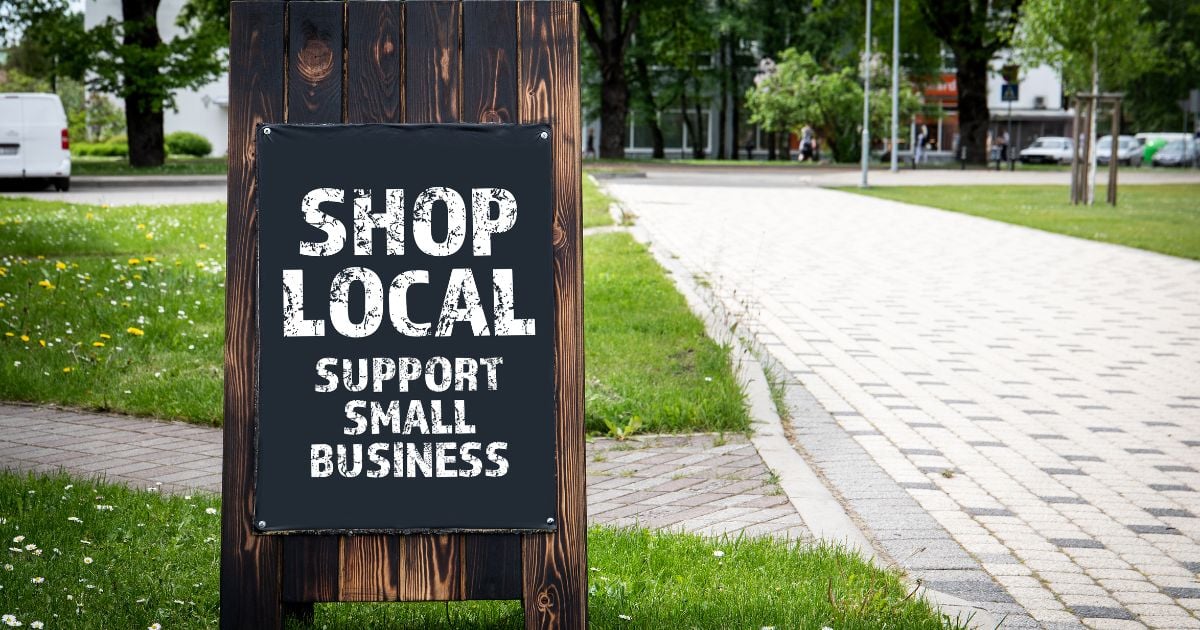

Comments
Please read our Comment Policy before commenting.